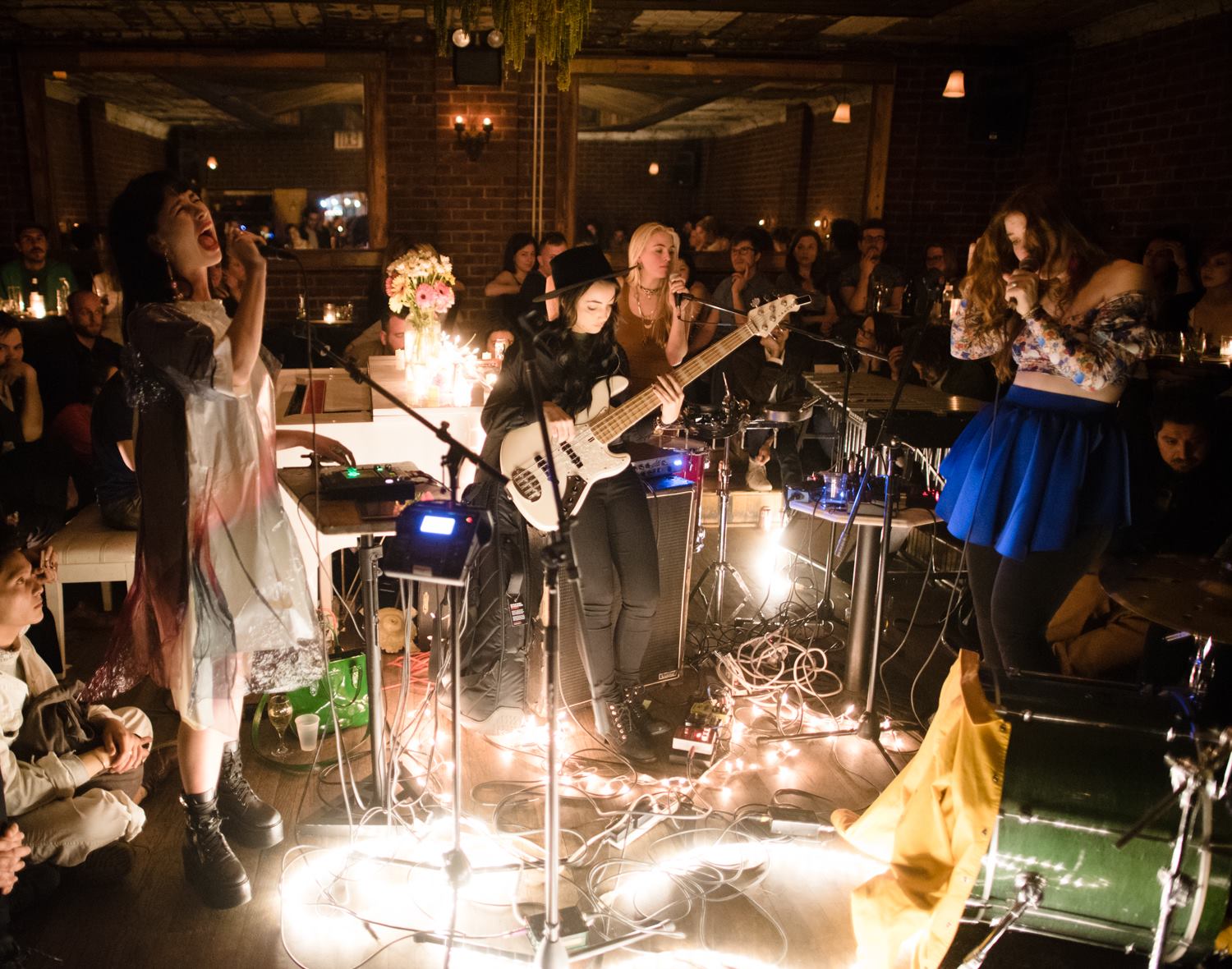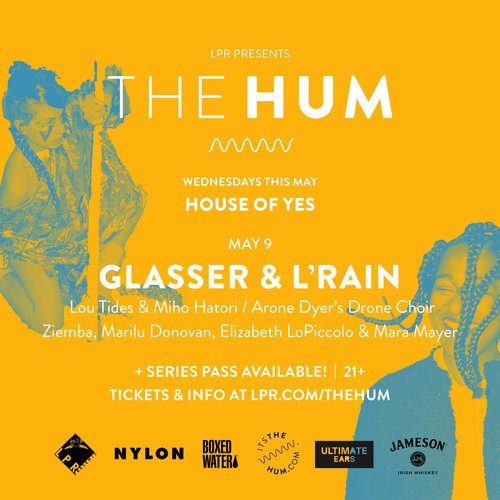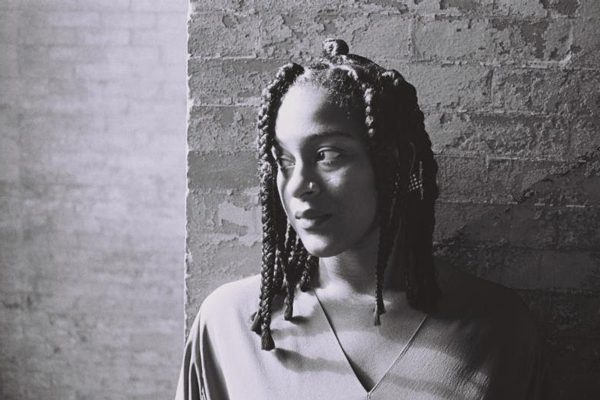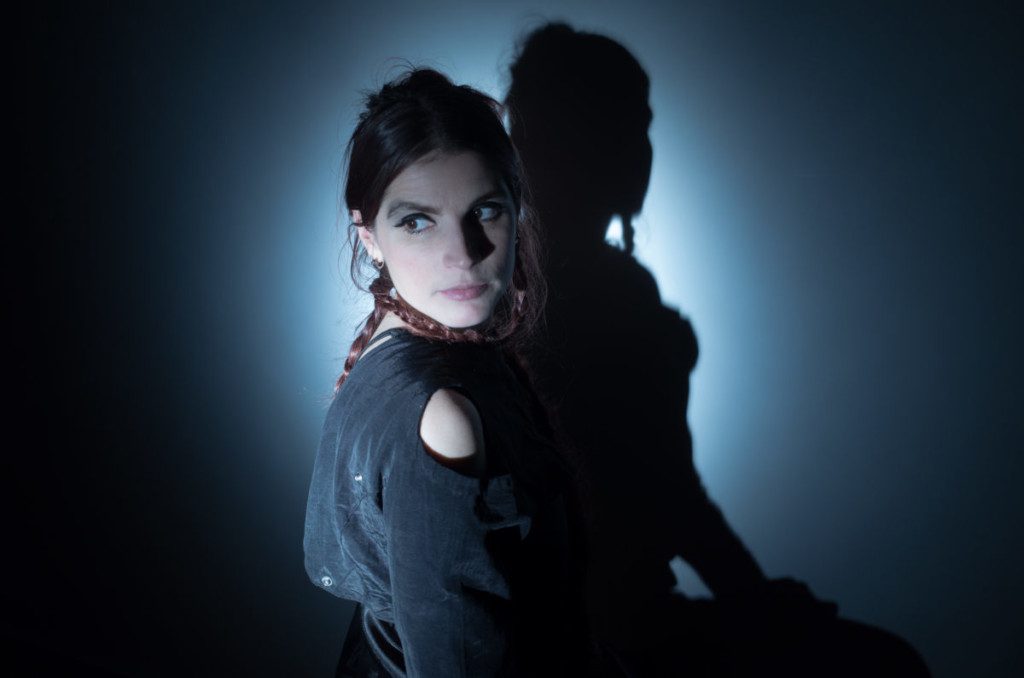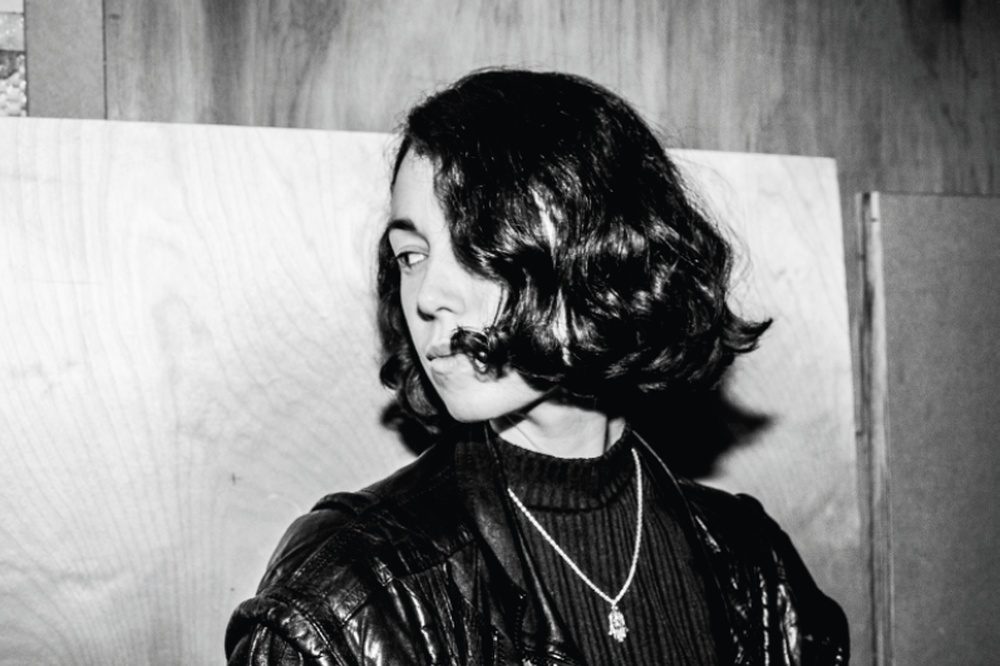INTERVIEW: L’Rain, Spellling, and Boy Harsher to Embrace the Experimental at Basilica SoundScape 2018
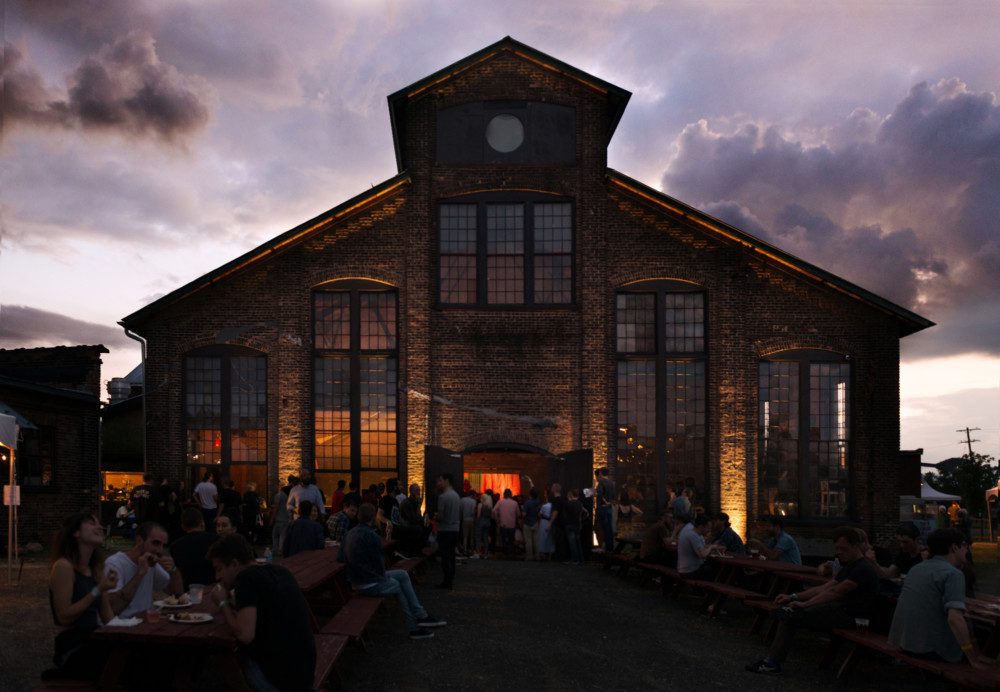
Just a short ride on Amtrak from Penn Station, Hudson – with its quaint brick buildings, historic architecture, and riverside views – has become an enclave for New York City’s artistic expats. One of its architectural centerpieces rises from the city’s industrial past: Basilica Hudson, a sprawling 1800s foundry reborn in 2010 as a concert hall and community space, thanks in part to its somehow stunning acoustics. The waterfront land it sits on, just South of the tracks, is bucolic enough that camping visitors are offered tips on tick safety, and they’ll need it this weekend, when a few hundred noiseniks, metalheads, vinyl nerds, and lovers of the avant-garde descend on Hudson for the seventh annual Basilica SoundScape, taking place September 14th and 15th.
It’s a festival that bucks festival tradition, booking acts whose oeuvre often falls far outside of mainstream tastes for intimate performances in the Basilica’s dramatic main hall. Organized by Brandon Stosuy and Basilica Hudson co-founders Melissa Auf der Maur and Tony Stone, SoundScape kicked off its inaugural year in 2012 with noise artists and their “machines” and a dance party hosted by queer Satanists, Rainbow in the Dark (the collective returns this year to soundtrack SoundScape’s Saturday afterparty; the other, on Friday, is hosted by AudioFemme). Musical performances are augmented by readings, psychedelic art installations, a flea market, record fair, and local eats. It is, as Auf der Maur describes it, an “immersive pilgrimage” for those with dark tastes and open minds.
But beyond engaging its attendees with an uncommon experience, Basilica SoundScape offers experimental musicians something invaluable – a forum in which to try out new sounds and connect with fans and peers alike. For artists like Spellling (who plays Friday) and L’Rain (who plays Saturday), two very personal projects that defy genre classification, events like SoundScape are a rare and perfect fit. Both acts have found themselves on the bill at a wide range of events, from metal shows to R&B-focused events to jazz-centric salons; both say the fluidity of their styles allows them an opportunity to connect with vastly different audiences – as long as the crowd is open and receptive. And at Basillica SoundScape, that’s the crux of the whole program – to bring together disparate styles under the umbrella of experimentalism and offer them to listeners frothing at the mouth for outré encounters.
“In my live show I try to make people feel maybe a little bit uncomfortable. Not like I’m doing anything that weird, but I like to reorient them in the space and [make them] more aware of themselves than me,” says Taja Cheek, whose project L’Rain debuted last year with a widely praised self-titled LP built on fragmentary arrangements that drift between shoegaze, sound collage, and soul. Though it started as solo work aided by producer Andrew Lappin, Cheek’s live performances now feature improvisatory musicians Buz Donald on drums, Devin Starks on bass, and Ben Katz on synths and brass. “We’re on the cusp of a lot of different styles and genres so we’ve done lots of different sorts of bills, which has highlighted different parts of our performance,” she says.
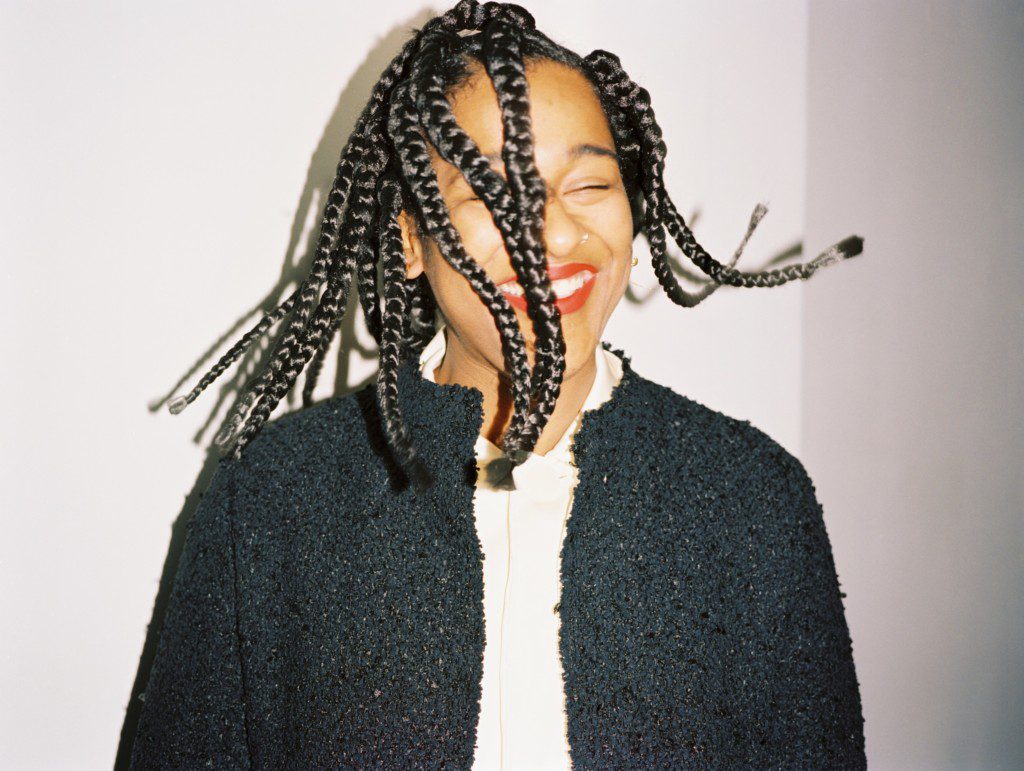
For Tia Cabral, the Bay Area-based musician behind Spellling, SoundScape “feels like an ideal sort of coming together – so much intersectionality and multiplicity.” Like L’Rain, Spellling began as a solo endeavor with roots in multiple genres, culminating in 2017 debut Pantheon of Me and encompassing a sound that Cabral herself struggles to define. “One of the most exciting things is the various types of people that come together for music; [it] feels like the closest thing to spirituality and relationship building in this generation. It’s very satisfying to walk into a room and feel unsure if your sound will reach folks and if they’ll have an open heart to it, and watching that happen, or not happen. It’s always humbling and exciting and strange at times.”
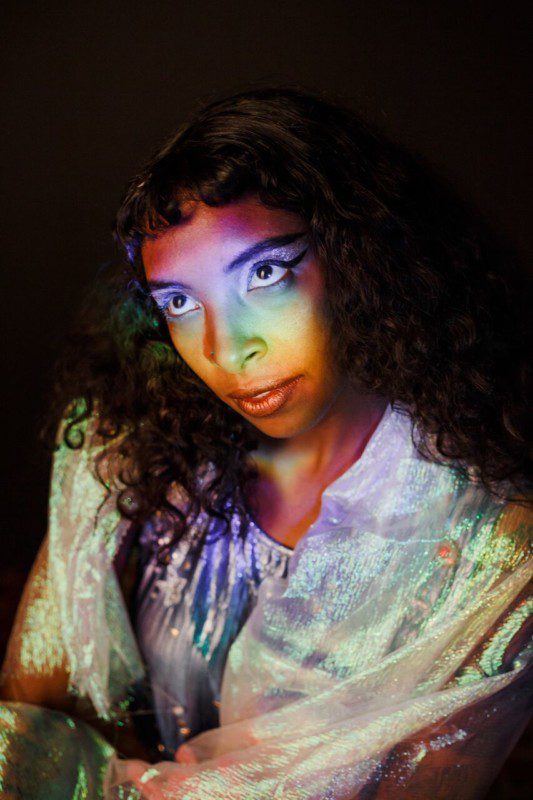
Cabral was inspired to create music in part by walking into those same spaces, observing and absorbing the ways various Bay Area musicians would create sonic tapestries built from loops and noise. “I feel like a lot of artists will be prepared to bring something special and new to [SoundScape] because of how unique it is,” she says, noting that she’ll likely debut some new tracks she’s been working on, too. “I’m still absorbing a lot about music – and my music – in a live context. A lot of festivals are more about the crowd than about the artist sometimes – this seems like such a good balance between the artist being able to give more of their energy and time in an exchange.”
Like Cabral, Jae Matthews of Boy Harsher – an electronic post-punk duo from Northampton by way of Savannah – says that stumbling into the noise scene and witnessing first hand the innovations there allowed her to see a place for herself in its ranks. Originally a film graduate student, Matthews met partner Gus Muller in a repurposed storefront church where he was throwing experimental shows; soon enough the two had opened up their own space in former gallery but needed a local band with a minimalist bent to fill out bills, and so Boy Harsher was born. After completing a grueling tour with The Soft Moon last spring, Boy Harsher have been flying out to experimental electronic festivals in Berlin, Hungary, Lithuania, and Detroit, but Matthews says she’s particular excited about SoundScape because “it’s a community based festival – no one overlaps, you get the opportunity to see everyone, and it’s a mixture of performance, music, and readings.” Matthews approaches lyric-writing from a literary standpoint (she’s also at work on a book project) but says performing live is all about the give-and-take between herself and the audience.
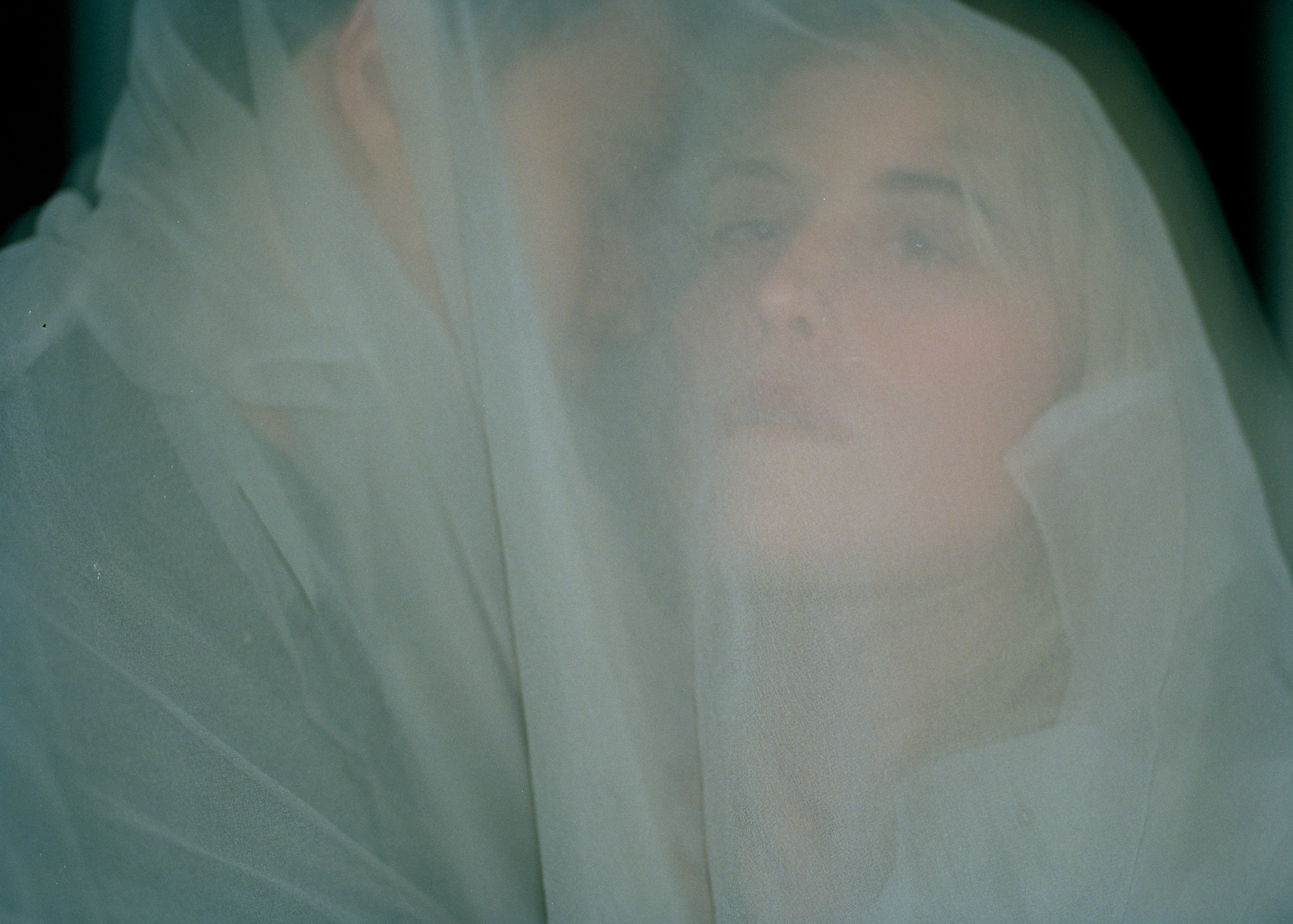
“When I’m performing I’ll use the audience response as a mechanism how to respond,” she says. “If I can tell it’s a crowd that wants to be more aggressive, and really wants to feel it and have that type of smacking visceral connection then yeah, I’ll go deep.” She remembers playing a show at local Hudson bar The Half Moon years ago attended by a sparse, but “devoted” crowd. After their SoundScape set, Boy Harsher DJs AudioFemme’s afterparty at The Half Moon, along with Eartheater and Becka Diamond. DJing, she says, “takes a different level of understand and concentration – just like knowledge of music and what you have and what it means to other people.” She admits she’s something of a novice in that realm but says her DJ sets gravitate toward “some weirder picks that maybe are more ostracizing and strange… or maybe super invigorating for whoever’s there.”
If there’s any place where oddities can be truly embraced, it’s certainly Basilica SoundScape. Cheek, Matthews, and Cabral are also looking forward to becoming spectators – during sets from Grouper, FlucT, Miho Hatori, Lightning Bolt, Photay, and others – yet another way in which the festival blurs the line between artist and audience. Whether that encompasses L’Rain’s ability to “disrupt people’s expectations” as she puts it, or Spellling’s stated intention to encompass the “fluidity and boundlessness that can exist in the dreaming mind,” or Boy Harsher’s filmic energy, which Matthews hopes will “transport [the audience] somewhere else,” it all comes together under the soaring, vaulted beams of that former foundry for one fevered weekend in September.
Single day and weekend passes are still available for Basilica SoundScape 2018 – more info here.

